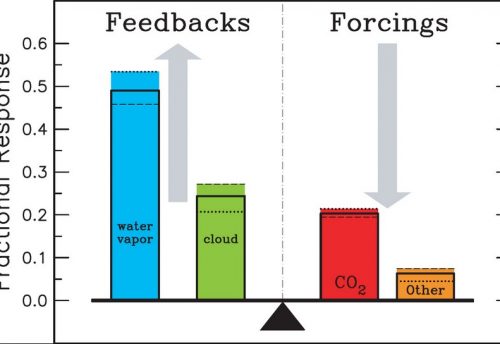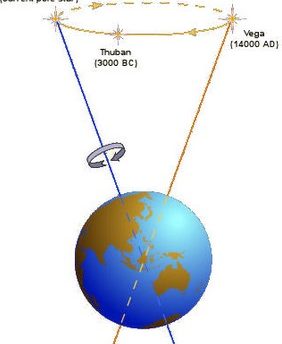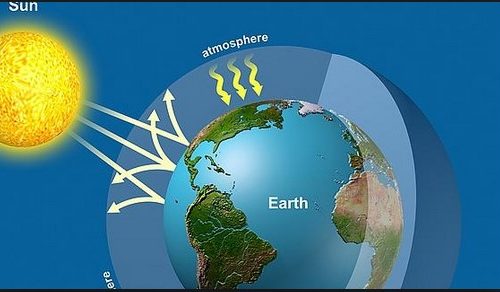
An historic agreement to cut emissions of the main greenhouse gases which are attributed to global warming was agreed in December 1997 in Kyoto, Japan, at the third Conference of Parties to the Framework Convention. Industrial nations agreed to reduce their collective emissions of greenhouse gases by 5.2% from 1990 levels by the period 2008 to 2012.
Crucially, the Kyoto Protocol commits developed countries to make legally binding reductions in their greenhouse gas emissions. The six gases include carbon dioxide, methane, nitrous oxide, HFCs, perfluorocarbons (PFCs) and sulphur hexafluoride.
The Kyoto Protocol was endorsed by 160 countries. It will become legally binding provided at least 55 countries sign up to it, including developed nations responsible for at least 55% of emissions from the industrialised world.
Significantly, the global cut of 5.2% is to be achieved by differential reductions for individual nations. The European Union, Switzerland and the majority of Central and Eastern European nations will deliver reductions of 8%; the US will cut emissions by 7%; and Japan, Hungary, Canada and Poland by 6%. New Zealand, Russia and the Ukraine are required to stabilise their emissions, whilst Australia, Iceland and Norway are permitted to increase slightly, although at a reduced rate to “business as usual” scenarios.
Included in the Protocol is the provision for emission reduction trading amongst developed countries, and a “Clean Development Mechanism” that allows developed countries to credit projects aimed at reducing emissions in developing nations towards their own reduction targets. Carbon sinks are also included within the Protocol. They may be used to offset increases in emissions elsewhere, provided that they result from “direct human-induced land-use change and forestry activities”.




Leave a Reply